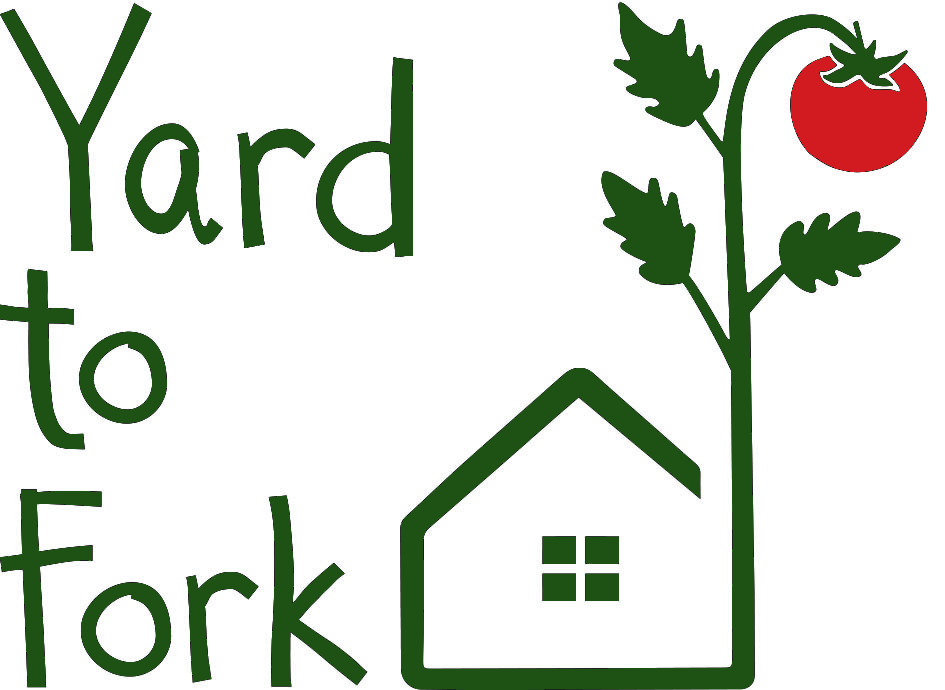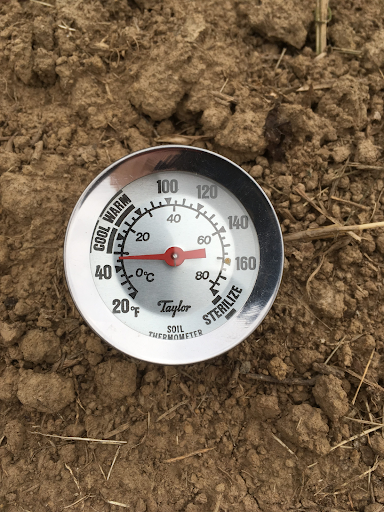Demystifying Planting Times
/It is time to plant Spring veggies! Or is it? The radio ad from the local nursery says it is and urges you to come buy seedlings, but your neighbor tells you they won’t be planting anything for another 6 weeks. How can we tell when the time is right? Here are the main factors that determine planting times for annual veggies.
To plants, soil temperature is just as crucial as air temperature, and the margin of tolerance is usually smaller. Spring and Summer annuals want their feet warm, and soil takes quite a long time both to heat up and cool off as atmospheric temps slowly penetrate its dense matrix. Most warm-season veggies want soil temperatures to be at least 55-60 degrees, after which roots will grow reliably. Soil thermometers are cheap and easy to find at your local nursery, and tracking the change is fun as anticipation builds!
Pick up any seed packet at a nursery and among the information on the back you’ll see “Days to Harvest,” followed by a number. This value is the number of days it will take for the veggie to be ready to harvest from the day a seed or seedling is planted. How can this be the same for both a seed and a seedling that has been grown indoors or in a protected area? Hasn’t the seedling gained a number of weeks on the brand new seed? Yes and no; seeds tend to germinate and grow faster in protected spaces, but are then often slowed a bit when transplanted in the fluctuating day.night temperatures outdoors, while seeds planted outside tend to germinate a bit slower but adapt to these temp changes faster and often catch up to indoor seedlings. Either way, you can base the number of days on seeding outdoors or transplanting a seedling outdoors and expect roughly the same outcome. The number is not always exact as various factors in weather, moisture, sunlight, etc, play into plant maturity, but it’s reliable enough. As far as planting times, this number helps you look into the future and predict weather and sunlight for when the plant is yielding a crop. If a vegetable is ready to harvest in 45 days, you might be able to plant and replant multiple times in a long Sacramento Summer, or delay planting if you’d like to allow something else to grow a bit longer. If a plant is ready to harvest in 120 days, you’ll have to plan for the space it takes up over that time and make sure that it’s planted early enough to take advantage of sunlight and warmth before Summer fades into Autumn.
Another key factor in planting times is frost, when air temperatures drop below 32 degrees and can leave frozen condensation on plant surfaces. Some plants are highly sensitive to frost, such as tomatoes, while others can handle multiple days with little to no damage, such as kale. For first-sensitive plants, you’ll want to make sure to plant after the last predicted frost date for the year (which is usually but not always reliable), and make sure the plants get into the ground before predicted frost dates begin later in the year. Our growing season for Spring/Summer veggies is long and warm (and only getting longer and warmer), so frost is less of a concern here than other regions. However, it is important to be aware of frost dates, and most seed packets mention frost; when searching veggie types and frost online, make sure your information is coming from a local university as you can trust that the information is research-based.
Finally, daylight hours are just as important as the above factors, and often (but not always) go hand in hand with predicting soil temps and frost dates. All vegetables have a minimum amount of sunlight needed for healthy growth, whether direct or indirect, and how much light your growing area receives is determined not only by the earth’s position around the sun but the structures and objects surrounding the garden. The sun’s path might not be high enough to rise above your neighbor's line of trees in early March, but by late May the sun might be flooding your garden with light for 10 hours. This kind of shift can inform your consideration of days to harvest, soil temp, and likely frost days.
In a region with a long growing season like ours, there is a bit more leeway in timing your planting, as prolonged warmth can allow plants to survive longer, even when light hours are sub-optimal at the beginning or end of a season.
So, make sure to use as much information as possible to inform your planting decisions, and try planting the same kind of veggie on a few different dates. The results may surprise you!
Still have questions on when to plant? Here at Yard to Fork, we offer clients the chance to schedule a master gardener to come out for two hours at a time to get advice and ask questions of their garden. Simply schedule here at your convenience today!





